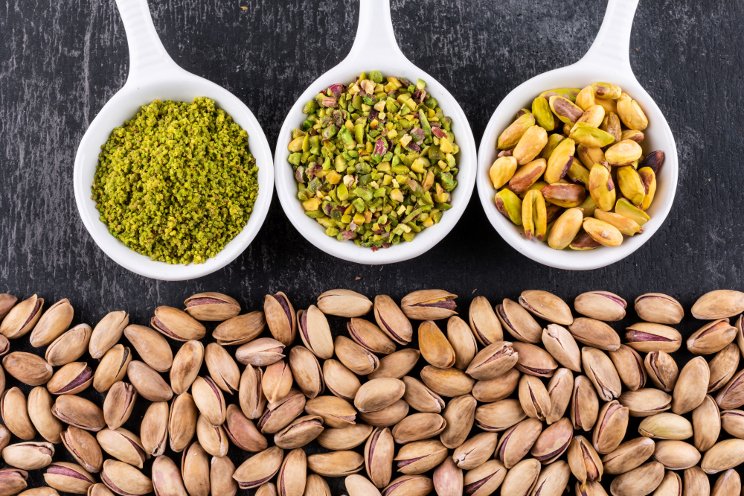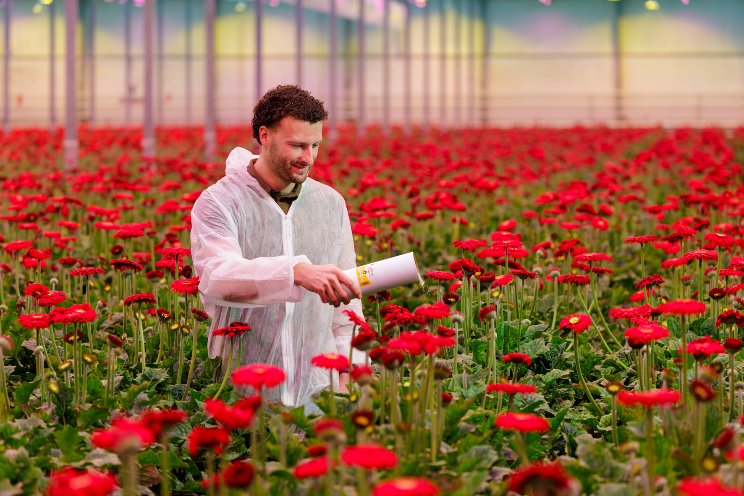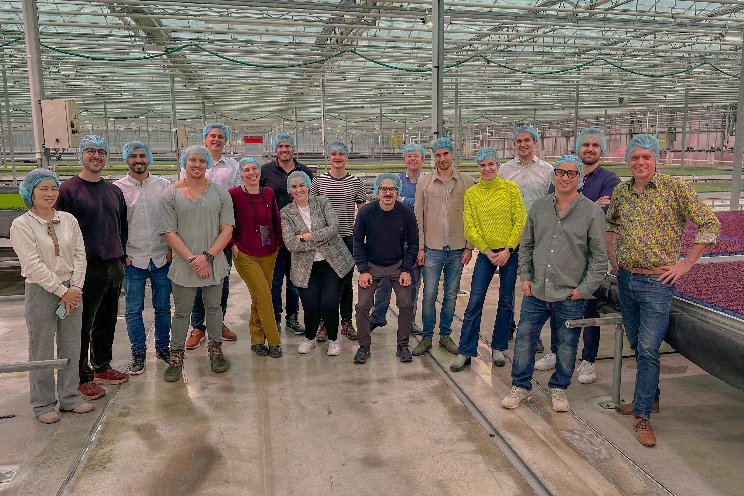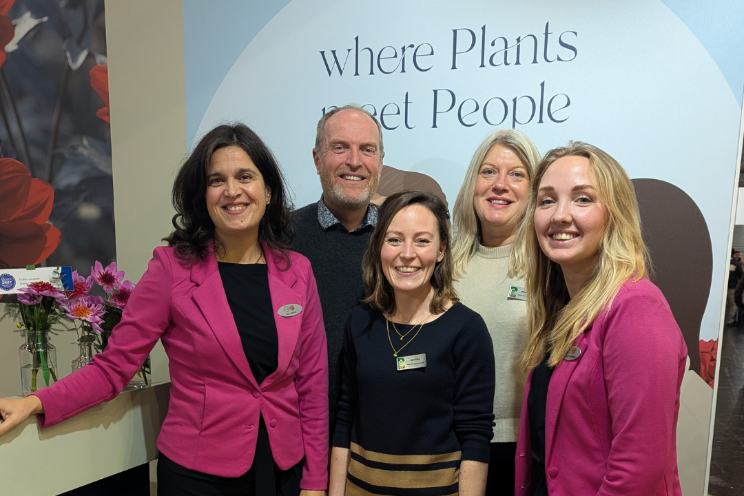|
Over the past two decades, pistachios have consistently offered higher gross returns per bearing acre than almonds and walnuts in California. With average gross returns of USD 6,400 per acre over the past decade, pistachios have outperformed almonds and walnuts by 20% and 70%, respectively. This profitability, coupled with the resilience of pistachio orchards to salinity and drought, has spurred rapid planting growth since 2012. From 2011 to 2023, California's pistachio-planted area increased by over 372,000 acres, with projections suggesting a bearing area of 590,000 acres by 2028. However, industry-wide challenges, such as the Sustainable Groundwater Management Act (SGMA) in California, are expected to limit new plantings, signaling a shift from rapid growth to a maturity stage in production.
|
US dominates global pistachio production
|
|
Since 2016/17, the US has been the undisputed leader in global pistachio production, accounting for 63% of global output in 2023/24. “This growth is a result of steadily expanding bearing acreage, with the US outpacing the other major producer, Iran,” explains David Magaña, Senior Analyst – Fresh produce and tree nuts for RaboResearch. In 2023/24, Turkey and Iran accounted for 15% and 14% of the global pistachio crop, respectively. The US pistachio production grew at a compound annual growth rate (CAGR) of 10% over the past decade, significantly higher than the global CAGR of 5%.
|
US also leads the way in pistachio consumption
|
|
The US has also become the largest consumer of pistachios since 2019/20, surpassing previous leaders like Turkey and the EU. US pistachio consumption soared from 41,500 metric tons in 2005 to 225,000 metric tons in 2023/24. Key drivers of this demand include product and packaging innovations, health research, promotional efforts, and the availability of high-quality products year-round. The four key markets for pistachios are the US, Turkey, China, and the EU, which account altogether for 72% of global pistachio consumption.
|
“It’s interesting to highlight that over the past decade, pistachio consumption has increased in the US, Turkey, China, and the EU, expanding at CAGRS of 13%, 7%, 5%, and 6%, respectively,” says Magaña. “In India, a country that absorbs 4% of world’s pistachios, consumption has expanded at 11% CAGR in the past ten seasons.”
|
|
US leads exports, while China, the EU, Turkey, and India absorb majority of imports
|
|
The US has emerged as the dominant exporter of pistachios, with exports reaching a record 390,000 metric tons in 2023/24, representing 70% of global exports. Consistent quality and food safety standards have given US pistachios a competitive edge in the global market. Major importers include China, the EU, Turkey, and India, with Middle Eastern markets also showing significant growth in the past decade. Market development and expansion will be critical to absorb the upcoming increasing pistachio volumes.
|
|
Diversifying markets to minimize risks
|
|
According to Magaña, the US pistachio industry's success is partly due to its ability to identify and serve international markets efficiently. China, in particular, is a crucial market, especially in the season leading up to the Chinese New Year. However, heavy reliance on a single market poses geopolitical risks, highlighting the need for market diversification and improved access.
|
|
For the 2024/25 season, initial prices are expected to remain steady, with potential improvements due to a shorter crop. Strong shipments and lower supplies could lead to very low inventories, supporting prices into the 2025/26 season. The average price estimate for 2024/25-2028/29 is around USD 2.10 per in-shell pound, with an 80% chance of prices ranging between USD 1.80 and USD 2.20 in 2027/28.
Pistachio prices have been more stable than those of competing tree nuts in recent seasons. As prices for almonds and walnuts rebound, pistachio prices are likely to benefit. However, with increasing pistachio volumes, demand creation will be essential to avoid unsustainable price pressures. Continued adoption of economically sustainable practices will be crucial to maintaining profitability.
|
|
|
|

















